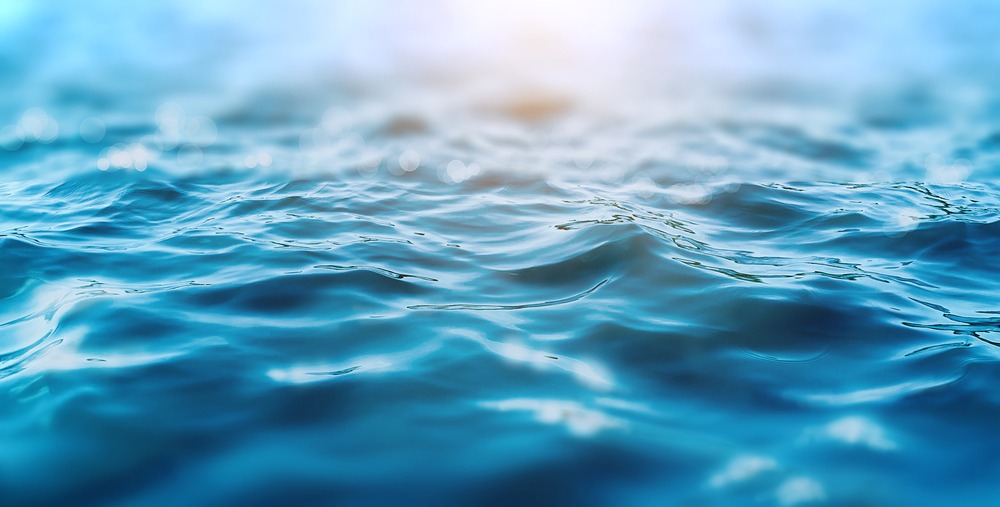
The Defense Advanced Research Projects Agency (DARPA) unveiled Wednesday the “Ocean of Things” program, which will use thousands of small floats to enhance maritime situational awareness across large ocean expanses.
Drawing from the connected internet of things (IoT) technology, the program’s smart floats will contain sensors that are capable of collecting environmental data like ocean temperature, sea state, and location. The sensors would also be capable of detecting commercial vessels, aircraft, and nearby mammals.
“The goal of the program is to increase maritime awareness in a cost-effective way,” John Waterston, the program manager in DARPA’s Strategic Technology Office, said. “It would be cost-prohibitive to use existing platforms to continuously monitor vast regions of the ocean. By coupling powerful analytical tools with commercial sensor technology, we plan to create floating sensor networks that significantly expand maritime awareness at a fraction of the cost of current approaches.”
The development of smart floats and data analytics have been identified as key technical challenges of the program. DARPA will field proposals for the development of intelligent floats capable of housing a passive sensor suite that can withstand harsh ocean environments. DARPA will also field proposals for cloud-based software and analytic techniques for floats to gather and transmit data.
A “Proposers Day” is slated for Jan. 4 at the DARPA Conference Center in Arlington, Virginia.